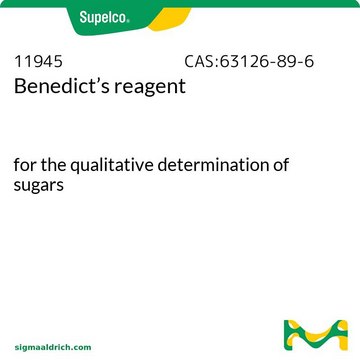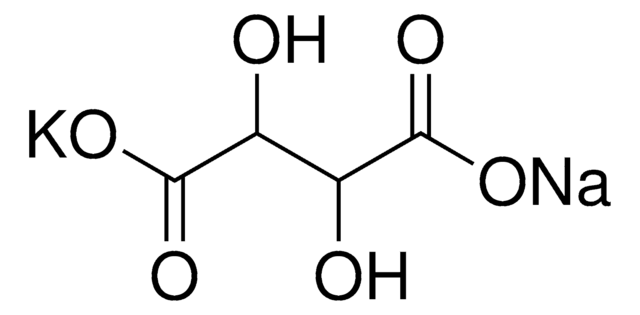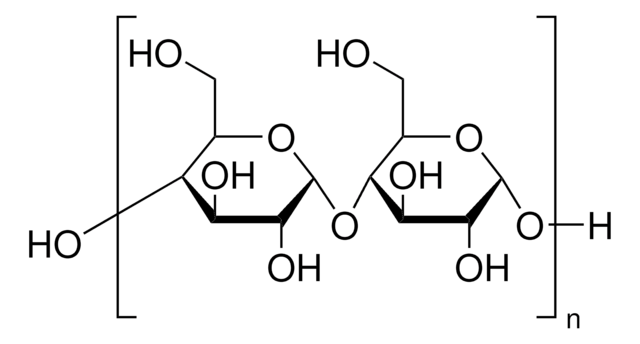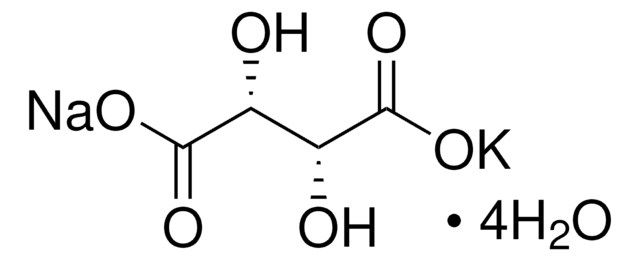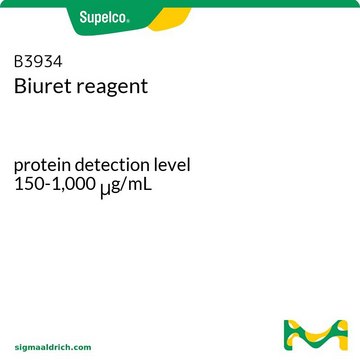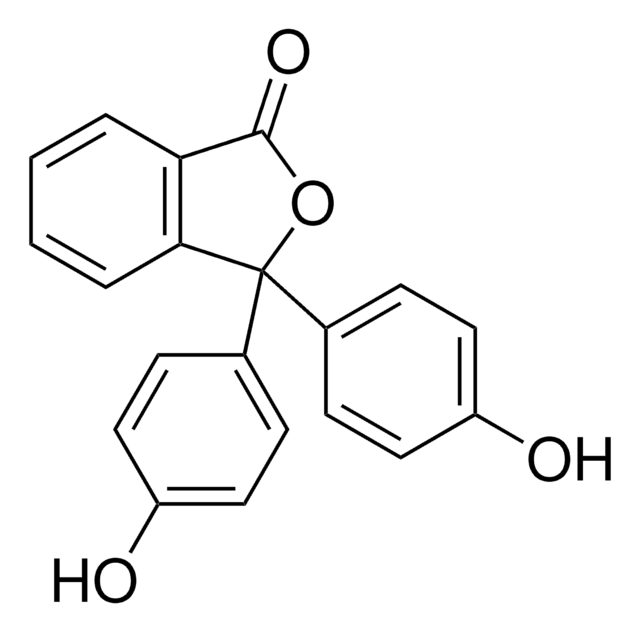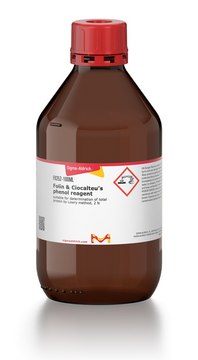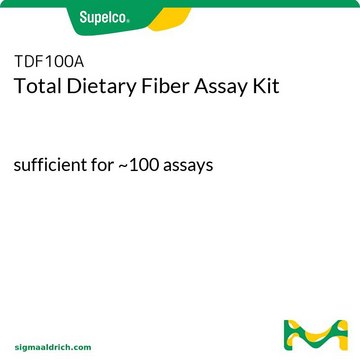36018
Fehling′s reagent I for sugars
reag. Ph. Eur., for determination of sugar, solution I: copper(II) sulfate
Synonym(s):
Copper(II) sulfate solution, Cupric sulfate solution acc. to Fehling, Cupric sulfate standard
About This Item
Recommended Products
grade
for determination of sugar
Quality Level
Agency
USP/NF
reag. Ph. Eur.
concentration
17.6 g/L±0.1 g/L Cu
density
1.038-1.060 g/mL at 20 °C
suitability
in accordance for application
application(s)
food and beverages
general analytical
pharmaceutical (small molecule)
SMILES string
[Cu++].[O-]S([O-])(=O)=O
InChI
1S/Cu.H2O4S/c;1-5(2,3)4/h;(H2,1,2,3,4)/q+2;/p-2
InChI key
ARUVKPQLZAKDPS-UHFFFAOYSA-L
Looking for similar products? Visit Product Comparison Guide
General description
Signal Word
Warning
Hazard Statements
Precautionary Statements
Hazard Classifications
Aquatic Acute 1 - Aquatic Chronic 2
Storage Class Code
12 - Non Combustible Liquids
WGK
WGK 3
Flash Point(F)
Not applicable
Flash Point(C)
Not applicable
Choose from one of the most recent versions:
Certificates of Analysis (COA)
Don't see the Right Version?
If you require a particular version, you can look up a specific certificate by the Lot or Batch number.
Already Own This Product?
Find documentation for the products that you have recently purchased in the Document Library.
Our team of scientists has experience in all areas of research including Life Science, Material Science, Chemical Synthesis, Chromatography, Analytical and many others.
Contact Technical Service
